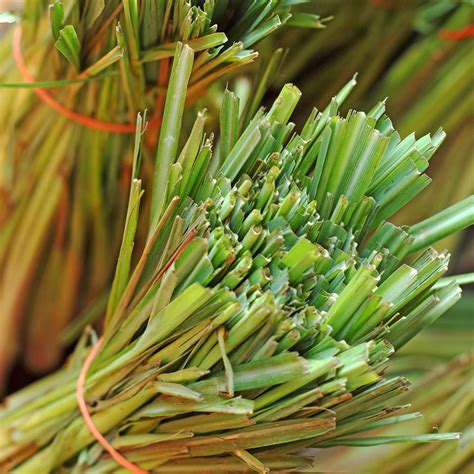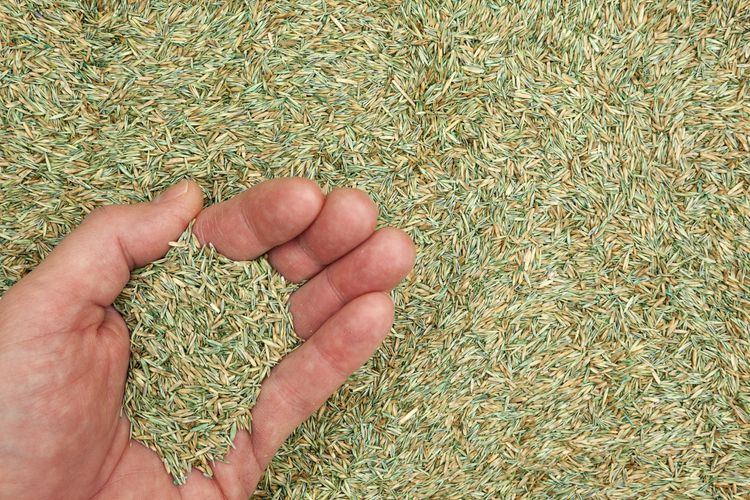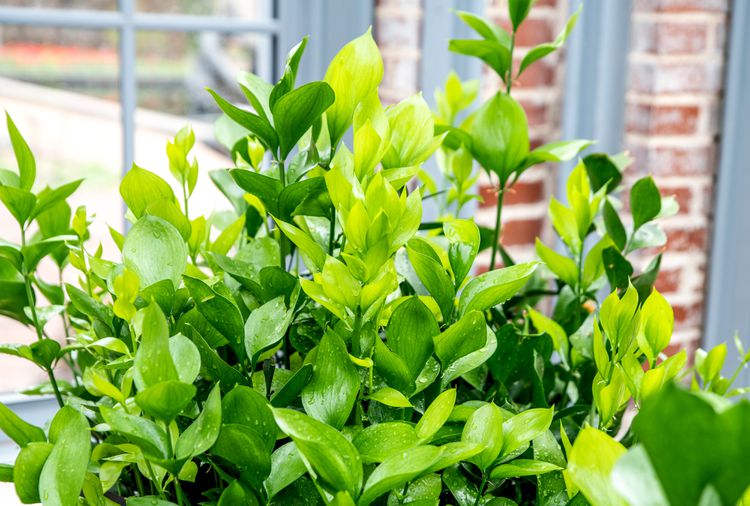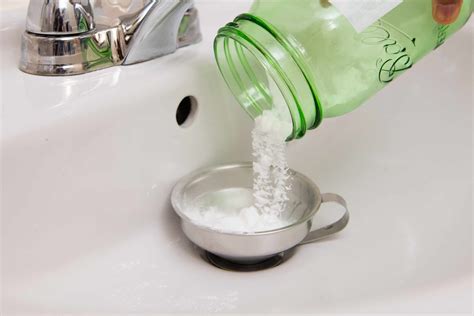
Are you looking to add a touch of citrusy freshness to your garden? Lemongrass is a versatile and aromatic herb that not only offers a delightful fragrance but also serves as a flavorful ingredient in various dishes and beverages. In this comprehensive guide, we’ll explore the essential steps and tips for growing and caring for lemongrass, from providing the right light and soil conditions to propagating and overwintering this delightful herb.
Lemongrass Care: Nurturing Your Herb for Optimal Growth
Lemongrass requires specific care to thrive and flourish. By following these essential care guidelines, you can enjoy a healthy and abundant lemongrass plant:
Light:
Lemongrass thrives in full sunlight, requiring at least six hours of direct sunlight per day. Ensure that you choose a sunny location in your garden or provide adequate artificial lighting if growing indoors.
Soil:
Well-draining soil is crucial for lemongrass. Use a mixture of quality potting soil and compost or organic matter to improve drainage. Aim for a soil pH between 6.0 and 7.5 for optimal growth.
Water:
Water lemongrass regularly, keeping the soil consistently moist but not waterlogged. Provide deep watering sessions to encourage healthy root development. Avoid overwatering, as it can lead to root rot.
Temperature and Humidity:
Lemongrass prefers warm temperatures between 70°F and 95°F (21°C to 35°C). It is sensitive to frost, so if you live in a colder climate, consider growing lemongrass in containers that can be brought indoors during winter. The ideal humidity level ranges from 40% to 50%.
Fertilizer:
Feed your lemongrass with a balanced, slow-release fertilizer during the growing season. Follow the manufacturer’s instructions for application rates. Avoid over-fertilization, as it can lead to excessive leaf growth with reduced flavor.
Types of Lemongrass: Exploring Popular Varieties
Lemongrass is available in different varieties, each with its unique characteristics. Some popular types of lemongrass include:
- Cymbopogon citratus: Common lemongrass variety with a strong citrus flavor.
- Cymbopogon flexuosus: Known as Cochin or East Indian lemongrass, it has a sweeter aroma and is often used in perfumes and essential oils.
- Cymbopogon nardus: Also called citronella grass, it is known for its mosquito-repellent properties.
Pruning Lemongrass: Maintaining a Healthy Plant
Regular pruning helps keep lemongrass healthy and encourages new growth. Follow these pruning tips:
– Trim off any dead or damaged leaves regularly.
– Cut back the outer leaves to promote fresh growth from the center.
– Harvest the stalks by cutting them close to the ground, leaving a few inches above the soil.
Propagating Lemongrass: Expanding Your Herb Collection
Propagating lemongrass is a simple and
cost-effective way to expand your herb collection. Follow these steps:
- Select a healthy lemongrass stalk with firm, green leaves.
- Trim off the upper part of the stalk, leaving a few inches of the base.
- Place the stalk in a glass of water, ensuring that the base is submerged.
- Wait for roots to develop, typically within a few weeks.
- Transplant the rooted stalk into a pot or the garden, providing the necessary care.
How to Grow Lemongrass From Seed: Starting From Scratch
If you prefer starting from seeds, follow these steps to grow lemongrass:
- Soak the lemongrass seeds in warm water for 24 hours before planting.
- Fill a seed tray or pots with well-draining potting soil.
- Plant the seeds about 1/4 inch deep and cover them lightly with soil.
- Place the tray or pots in a warm location with ample sunlight.
- Keep the soil moist and expect germination within two to three weeks.
- Once the seedlings are established, transplant them into larger containers or your garden.
Potting and Repotting Lemongrass: The Right Container for Your Herb
When growing lemongrass in containers, follow these guidelines:
– Choose a large, deep container with drainage holes to accommodate lemongrass’s extensive root system.
– Use a well-draining potting mix with added compost or organic matter.
– Repot lemongrass every two to three years, preferably during the spring season, to provide fresh nutrients and space for root growth.
Overwintering Lemongrass: Protecting Your Herb from Frost
If you live in a region with cold winters, it’s important to protect your lemongrass from frost damage:
– Cut back the foliage to a few inches above the soil surface.
– Mulch the base of the plant with a thick layer of straw or dried leaves.
– Consider moving potted lemongrass indoors to a sunny location or a greenhouse during the winter months.
Common Plant Diseases: Keeping Your Lemongrass Healthy
Lemongrass is generally a hardy plant but may encounter a few common diseases:
1. Rust:
Rust appears as orange-brown spots on the leaves. Remove and destroy infected leaves, and treat the plant with an appropriate fungicide.
2. Leaf Spot:
Leaf spot causes brown or black spots on the leaves. Remove infected leaves and improve air circulation around the plant.
Common Problems With Lemongrass: Troubleshooting Tips
Here are solutions to some common issues that may arise when growing lemongrass:
1. Yellow Foliage:
Yellowing leaves can indicate overwatering or nutrient deficiencies. Adjust your watering routine and consider using a balanced fertilizer.
2. Dropping of Buds:
If your lemongrass drops buds before they fully develop, it could be due to inconsistent watering or extreme temperature changes. Maintain consistent moisture levels and protect the plant from temperature extremes.
With these comprehensive guidelines on
growing and caring for lemongrass, you’re well-equipped to cultivate this delightful herb in your garden. Enjoy the fresh citrus aroma and the versatility of lemongrass in your culinary creations!






